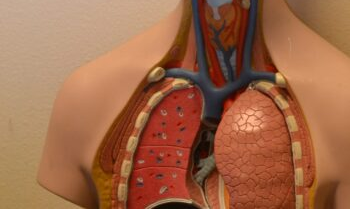Understanding DVT, PE, and VTE and their symptoms
What do we need to know to understand the differences between Deep Vein Thrombosis (DVT), Pulmonary Embolism (PE), and Venous Thromboembolism (VTE) and their associated symptoms? When should we contact a physician or seek emergency medical care? What can we do to minimize or prevent them from happening?
DVT happens when a blood clot forms in one or more of the deep veins in the body, usually the leg. There may be warmth, pain, or swelling in the affected area or there may be no symptoms at all. A blood clot can also form in the leg if a person does not move for a long period, such as during long-distance travel, surgery, or an extended recovery from an illness or accident.
DVT becomes more serious when a blood clot breaks loose, and travels from the leg to the lungs causing a blockage of blood flow called PE. If both DVT and PE occur together, this is known as VTE (Venous Thromboembolism).
Symptoms of DVT can include:
- Swelling in the leg
- Pain, cramping, or soreness starting in the calf
- A red or purple color change to the skin on the leg
- A feeling of warmth on the affected leg
A patient should contact their health care provider if they develop symptoms of DVT. PE is a life-threatening illness. If a patient experiences any of the following symptoms, they should seek emergency medical care.
- Sudden shortness of breath
- Chest pain or discomfort, worsening with a deep breath or cough
- A feeling of lightheadedness or dizziness
- Fainting
- A rapid pulse
- Rapid breathing
- Coughing up blood
How to minimize and prevent DVT
Part of understanding DVT, PE, and VTE is learning what measures can be adopted to minimize or prevent symptoms. A patient can reduce their risk by maintaining a healthy weight, avoiding a sedentary lifestyle, and following a doctor’s recommendations based on their risk factors. The following tips may also help prevent DVT:
- Move as soon as possible after confinement to bed and after surgery, illness, or injury
- Use compression stockings
- Try an anticoagulant medication
- If sitting/ travelling for more than four hours, get up and move every 1-2 hours
- Exercise your legs by raising and lowering your heels and then toes and tightening and releasing your leg muscles
- Wear loose clothing
To learn more about blood clots and VTE, click here. If you need more information about using PT/INR meters, click here.


